The Big Toys
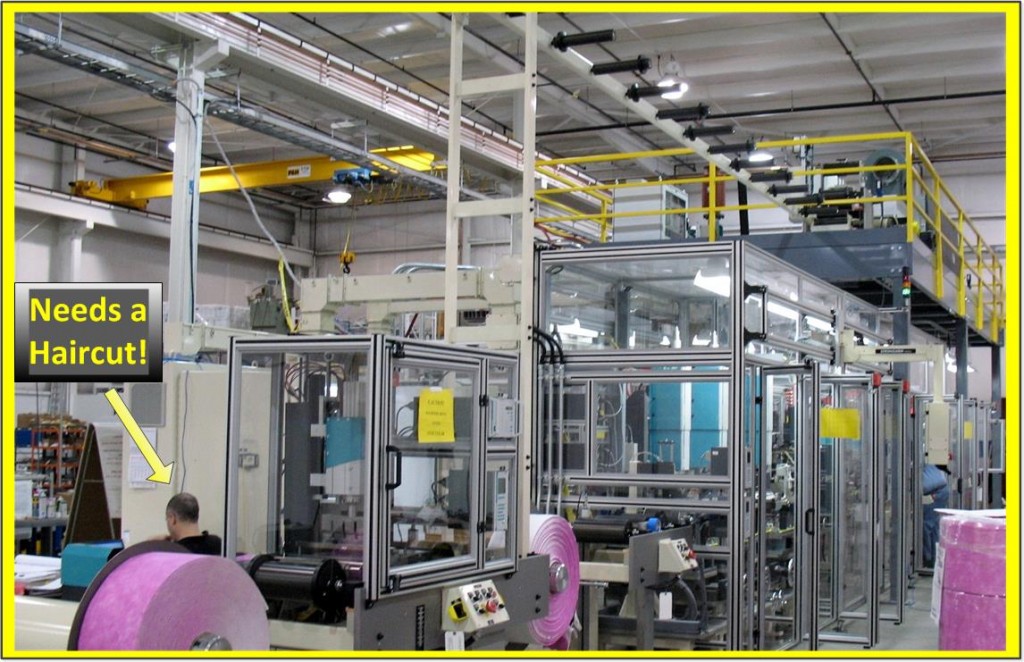
Hello from Atlanta, Georgia where I am about to teach a 4 day class on Siemens’ TIA Portal. I have been away from home for two weeks trying to finish up my project down at American Beverage Depot in Miami and am doing this class for Automation Training on my way back home to Nashville.
While driving I get a lot of what my friend Tom Nalle used to call “windshield time”. This is where your mind kind of wanders and you think about all sorts of things. This morning I was thinking about how lucky I have been to get to play with all of the “big toys”. Its not really anything I planned; as some of you know I got a late start in my career. I didn’t start college until I was almost 30 years old. Though I got an electrical engineering degree specializing in control systems, I really didn’t know what was involved in the field until after graduation. After working for a couple of controls vendors selling and supporting such products as Omron, Eagle Signal, Pepperl+Fuchs and Allen-Bradley, I decided to launch my own company in 1996.
My first mentor was the previously mentioned Tom Nalle, who started Nalle Automation Systems (NAS) two months before I started Automation Consulting Services. He needed controls help and I needed work so we teamed up and built custom machinery from 1996 until about 2002, when he restricted himself to building packaging equipment and I started building machines myself.

This picture is of one of the bigger toys I got to play with when working with NAS. We built about five of these machines from ~1998 until 2001, this was one of the last ones and was integrated with a “Hang” brand ring riveter as well as an NAS custom packager that put the binders in boxes for shipment.

Circa 1998
Before the binder system this was more typical of the machines I worked on. This is an air filter inspection system that performed leak testing and machine vision inspections. Much of the knowledge I gained about inspection and testing that allowed me to start building machines myself was because of Tom Nalle and NAS.
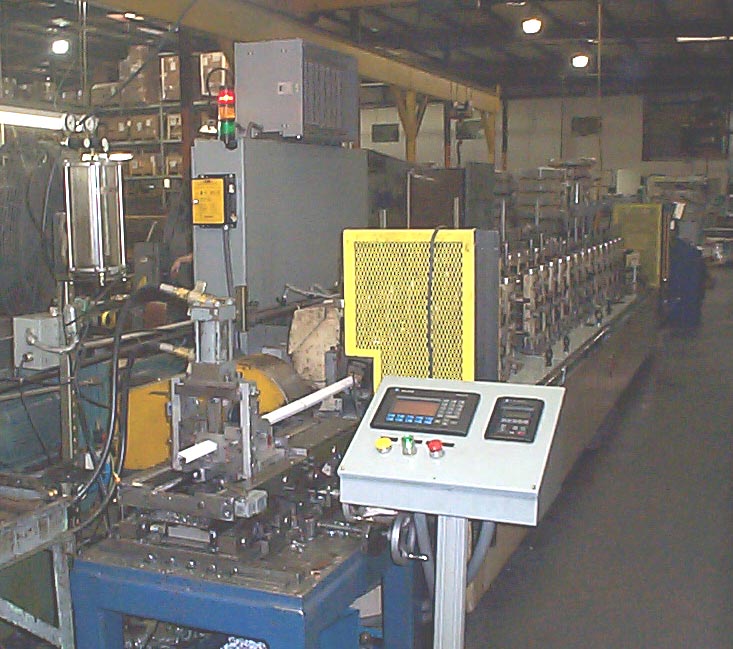
While I did projects for NAS and my company grew, I also did projects for local companies. Another company that trusted me to play with their expensive toys was Mills Products. From 1996 t0 2005 I did a lot of integration work for them on their hydroforming presses. The picture above is one of three rollformers I programmed and wired for them, one in San Luis Potosi, Mexico. Again, I owe a lot of gratitude to Daryl Adcock and Tom Mullins for giving me a shot at some of their bigger projects.
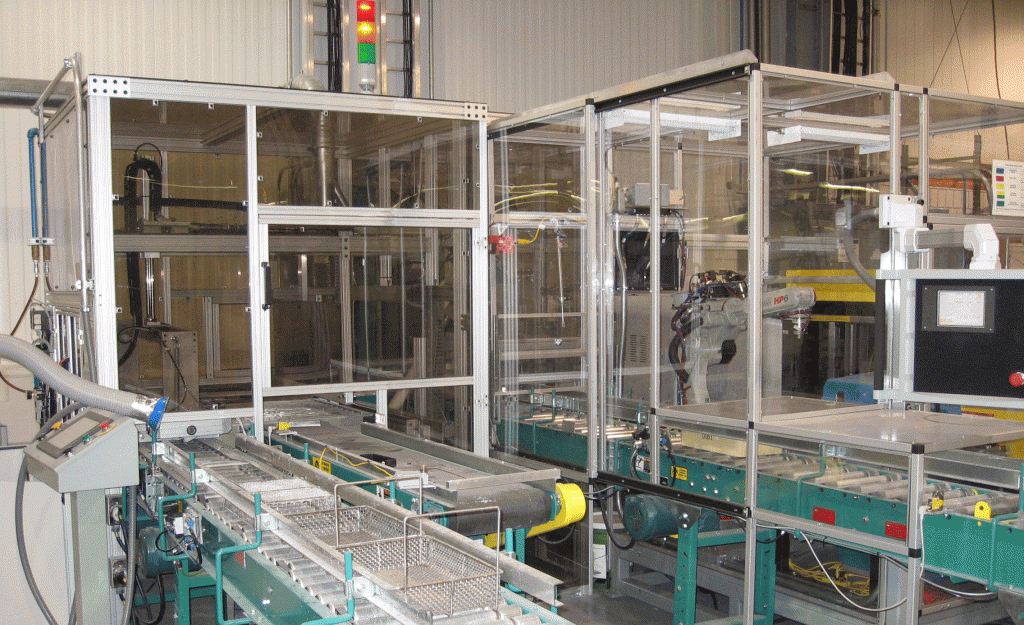
This was probably the biggest machine I built after 2002 when I started building my own stuff. I have to thank another friend, David Radermacher of Alcoa/Howmet who gave me the opportunity to build some big toys for him. I started out doing smaller projects for David and we worked our way up to stuff like this. It took a lot of trust on his part to give a fledgeling machine builder like me a chance.
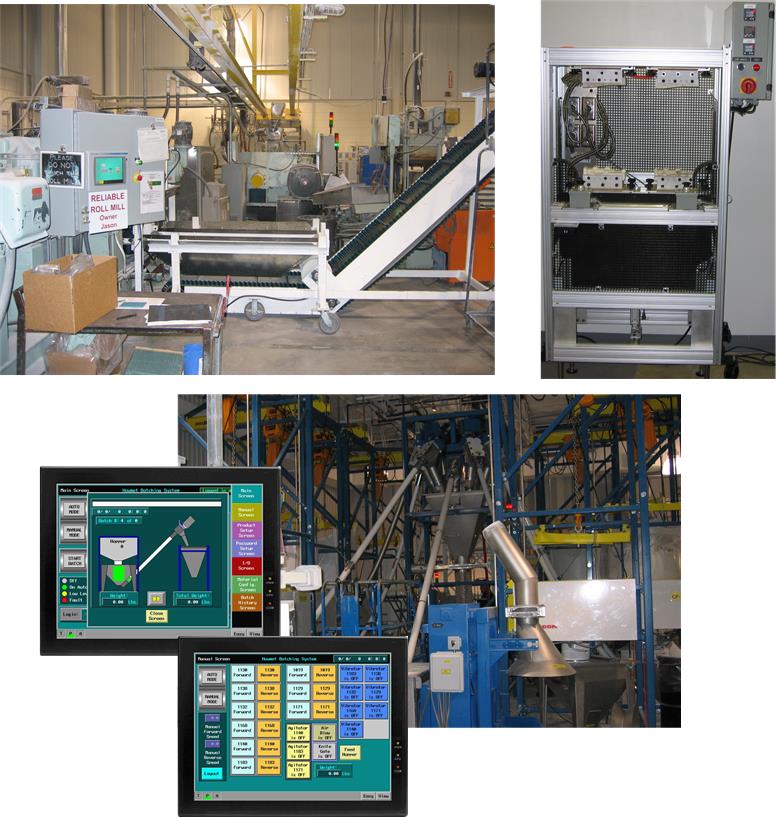
After closing my business in 2006 I went to work for Wright Industries, where I got to play with the REALLY big toys. I have described a few of them in the past, but the picture at the top of this post is one of them. The biggest projects I worked on when I had my own company were no more than $200,000 in cost, and usually much less. At Wright I worked on multi-million dollar systems and learned how to do things as an engineering team. By this time it was expected that everyone on a project was an expert in their field and there was no seat of the pants stuff like when I had my own company. The first few projects I worked on were awesome; they only lasted 4-8 months from concept to install and I had a lot of help that I could have only dreamed about before. Another project I did for Wright is described Here.
The picture below is another big toy I got to work on at Wright along with several other engineers. As with many automotive related projects, it was not particularly enjoyable. Oh, the equipment is lots of fun, but the stress and attitudes at most automotive plants can make it less than fun.
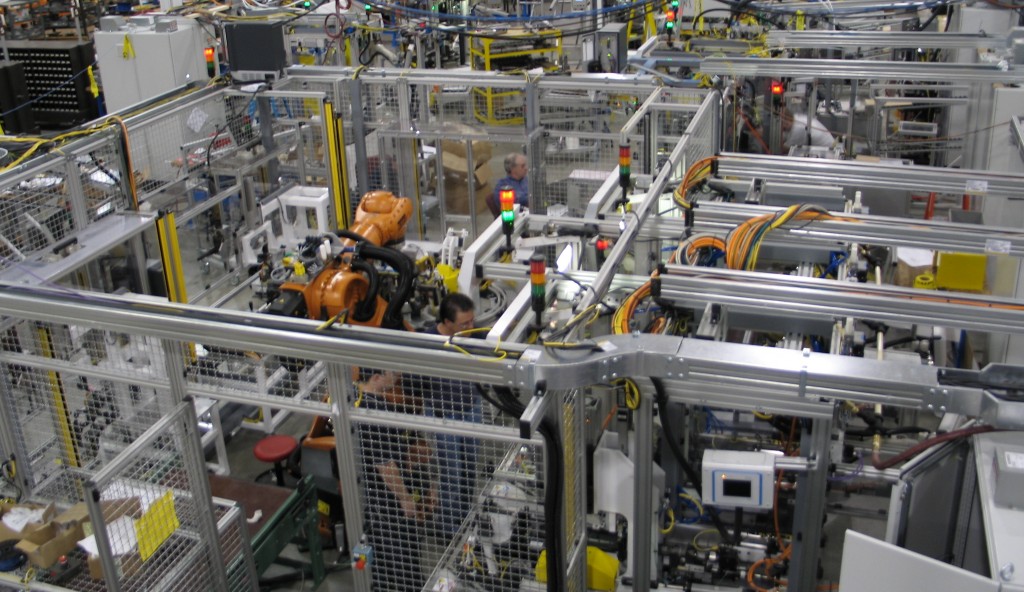
Now after being back on my own for a few years I am getting to play with big toys again. My project at American Beverage Depot is almost completed, and we’re down to the final stages. Once again, it took a lot of trust from the owner of the company, Juan Pablo Garbin, to let me work on his main production system while it is running.
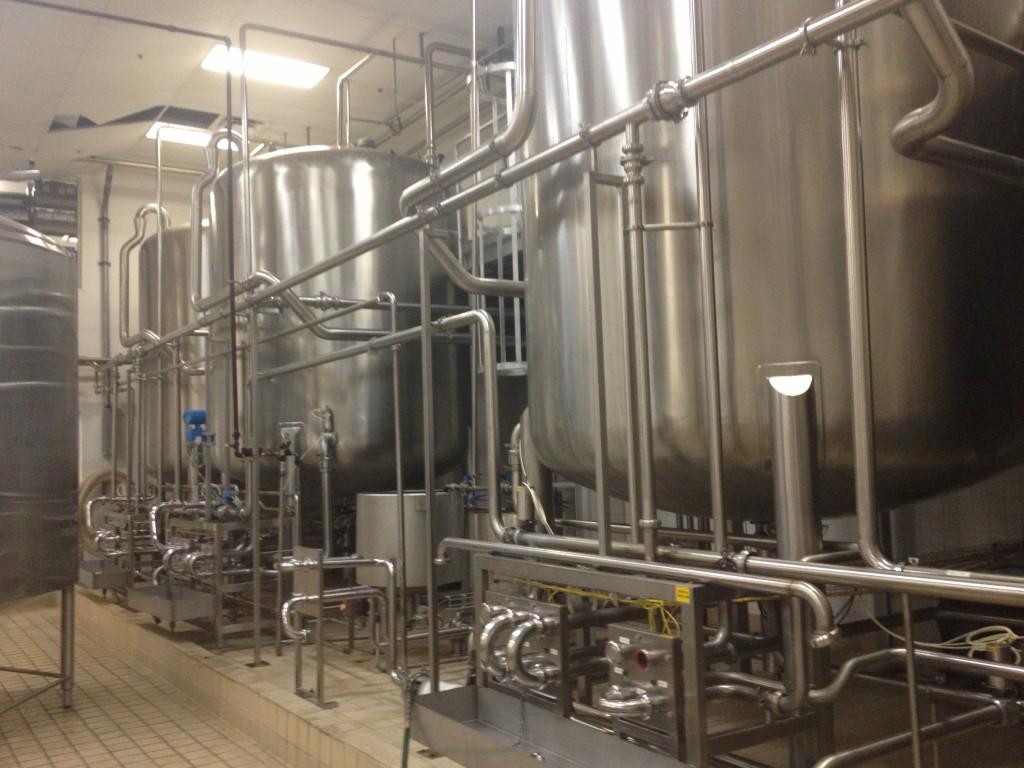
We have added three new tanks and a lot of piping to the original system you see here. The PLC and SCADA programs have nearly doubled in size and everything has been done in-house or with contractors. It has been quite the adventure and I have been able to do it while still teaching classes around the country.
I have often been asked what it takes to get to play with the big toys. As you can tell, a lot of it depends not only on your experience and training, it also takes relationships with people who have trust in you. This kind of equipment is very expensive, can be dangerous and downtime or late delivery can cost a lot.
You also have to start out playing with smaller toys. Some of the first projects I ever worked on were simple small PLC projects that did things like make sure all of the screws were in a fixture, ensure a conveyor was running or dispense a small pile of powder. The classes I teach have some small applications like that in the exercises and people often struggle with getting them completed correctly.
Smaller toys and projects like this may be available in a factory. Maintenance and engineering folks often get a chance to put together small systems to solve some problem; this is more likely in a mid-size manufacturing facility. If you want to go out on your own and do projects like this I would suggest teaming up with a machine shop that does work for a plant. Machine shop owners often contract out their controls help.
After you have gotten some experience with the smaller toys you may be able to get a position at a machine builder. Unfortunately this is difficult to do without experience; machine builders run pretty lean and don’t have a lot of time for training.
Part of this post is inspired by the people who ask me how they can get into the machine design or programming fields. If I don’t publish your comment when you ask about this it’s because there are so many of these types of questions. I figured I’d try and relate a little of my own experiences as well as expressing gratitude to all of the folks who have let me play with the big and not-so-big toys. If you are really trying to break into the machine building or programming/integration field and need some tips, shoot me a message rather than posting a comment.
On the other hand, if you have tips for others getting started in the field or have some stories about your own big toys, feel free to post!
